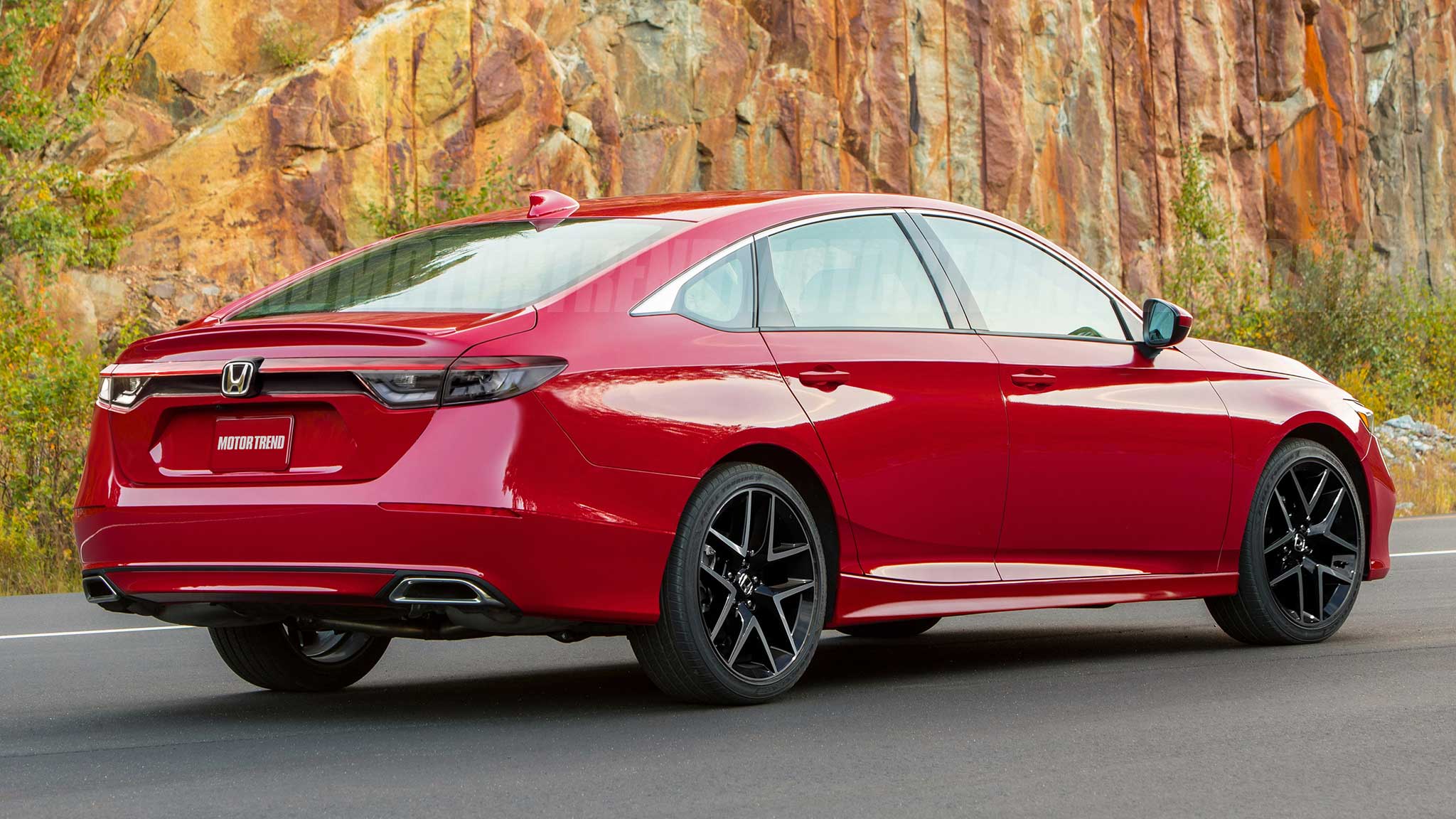When it comes to buying a vehicle, the upfront sticker price is only one part of the story. While flashy designs, high performance, or luxury badges might catch the eye, what really determines the true cost of owning a car over many years is the long-term ownership expense.
This includes factors such as maintenance, repairs, depreciation, insurance, fuel efficiency, and overall reliability. Unfortunately, not all brands are created equal in this regard. Some manufacturers have built solid reputations around affordability and durability, while others have gained notoriety for eating through owners’ wallets with unexpected and recurring costs.
For many consumers, the excitement of driving a new car is often tempered by the realities of upkeep, which can turn a dream purchase into a financial headache.
A car that looks appealing or offers tempting features at first may become a liability after just a few years, as costly repairs, complex technologies, or steep depreciation erode the vehicle’s value and drain the owner’s resources.
Conversely, some brands focus on engineering simplicity, reliability, and cost-effective servicing, creating vehicles that are economical over the long haul and retain their value well. Choosing the right brand can mean the difference between an affordable, hassle-free driving experience and a financial quagmire.
This article dives deep into two sides of the automotive world: the five brands known for affordable long-term ownership and the five that are infamous for bankrupting their owners with steep ongoing costs.
On one hand, brands like Toyota and Honda have earned worldwide acclaim for building vehicles that run for hundreds of thousands of miles with minimal fuss, supported by extensive service networks and inexpensive parts.
Hyundai, Subaru, and Mazda round out this group with their own unique strengths — from generous warranties to rugged durability and engaging driving dynamics — all while maintaining low cost of ownership.
On the other hand, certain luxury or exotic brands often come with hidden financial pitfalls. Brands like Land Rover, BMW, Jaguar, Fiat, and Maserati may offer exquisite craftsmanship, premium features, or thrilling performance, but they frequently require costly maintenance, suffer from reliability challenges, and depreciate rapidly.
These factors combine to make their ownership a risky proposition for the unprepared buyer. High labor rates, expensive imported parts, advanced electronics, and complex mechanical systems all contribute to ownership expenses that can surprise and overwhelm.
Understanding the underlying reasons behind these cost differences is key to making an informed purchase decision. Factors such as engineering philosophy, supply chain scale, warranty coverage, and service infrastructure all influence how affordable or expensive a brand is over time.
For example, brands with simple, proven powertrains and widely available parts tend to keep repair costs down. Those with extensive warranty programs reduce financial risk during the early years of ownership. Conversely, brands that push the boundaries of technology or rely heavily on bespoke components often suffer from higher failure rates and increased service complexity.
Beyond mechanical reliability, depreciation also plays a massive role. A vehicle that holds its value well reduces the total cost of ownership, especially if the owner plans to sell or trade it in within a few years.
Conversely, rapid depreciation can trap owners with negative equity and force them to keep aging vehicles longer, where maintenance costs tend to spike. Insurance rates, another often-overlooked cost, vary widely by brand due to repair expenses and risk profiles, further affecting ownership affordability.
This article is designed to provide a comprehensive look at these contrasting brands, offering valuable insights for prospective car buyers who want to avoid financial pitfalls and make smart, long-term decisions.
Whether you prioritize reliability, low maintenance costs, or strong resale value, understanding which brands tend to be affordable and which often lead to financial strain can save you thousands over the lifespan of your vehicle.
By highlighting the strengths and weaknesses of each brand, we aim to help you balance your desires for style, performance, and luxury with the practical realities of ownership costs.
In an automotive market flooded with options, knowledge is your best tool. So, buckle up and get ready for an eye-opening journey into the brands that offer true long-term value — and those that can quietly bankrupt you if you’re not careful.
5 Brands With Affordable Long-Term Ownership

1. Toyota: The Gold Standard of Reliability
Toyota has, over the decades, built a reputation as the most reliable car brand in the world, and this didn’t happen by accident. The company emphasizes durability in its design philosophy — prioritizing function, longevity, and practical engineering over bleeding-edge performance or luxury gimmicks.
This focus results in vehicles that age gracefully, often needing only routine maintenance to remain roadworthy well into the six-figure mileage range. Whether it’s a Corolla, Camry, RAV4, or Tacoma, Toyota owners frequently report decades of dependable service.
One of Toyota’s key strategies for low long-term cost is its consistency in manufacturing. Rather than constantly redesigning every system, Toyota makes incremental changes — refining, not reinventing.
This results in fewer unknowns or bugs in new models. For instance, the engines and transmissions in many models are direct evolutions of proven designs. That predictability allows mechanics, both dealership and independent, to service them efficiently and correctly the first time — reducing both labor and diagnostic time.
Parts availability is another critical component. Toyota has one of the widest networks of suppliers and distributors in the world. Aftermarket parts are abundant and often inexpensive, and OEM parts are generally affordable due to high production volume.
Additionally, many parts are shared across different Toyota and Lexus models, which helps reduce the complexity of sourcing and repair. When something does go wrong, the fix is often fast and cheap, especially compared to European brands that require rare or brand-specific parts.
Toyota’s hybrid technology also contributes to its low cost of ownership. Unlike competitors who introduced hybrids with flashy but complicated systems, Toyota’s Hybrid Synergy Drive has been refined over multiple generations.
The result is a hybrid platform — exemplified by the Prius — that runs for hundreds of thousands of miles with minimal issues. Battery longevity, a common fear among hybrid skeptics, has proven to be largely a non-issue with Toyota vehicles, especially when compared to newer or more experimental hybrid setups from other automakers.
Finally, depreciation — one of the hidden costs of ownership — is where Toyota truly shines. Because the brand has a stellar reputation for dependability, Toyota vehicles retain their value far longer than the industry average.
This high resale value reduces the total cost of ownership dramatically, especially for buyers who plan to trade in or sell their vehicles within 5 to 10 years. Between mechanical reliability, affordable parts, efficient fuel usage, and exceptional resale value, Toyota remains a no-brainer for those prioritizing affordability over a vehicle’s lifetime.
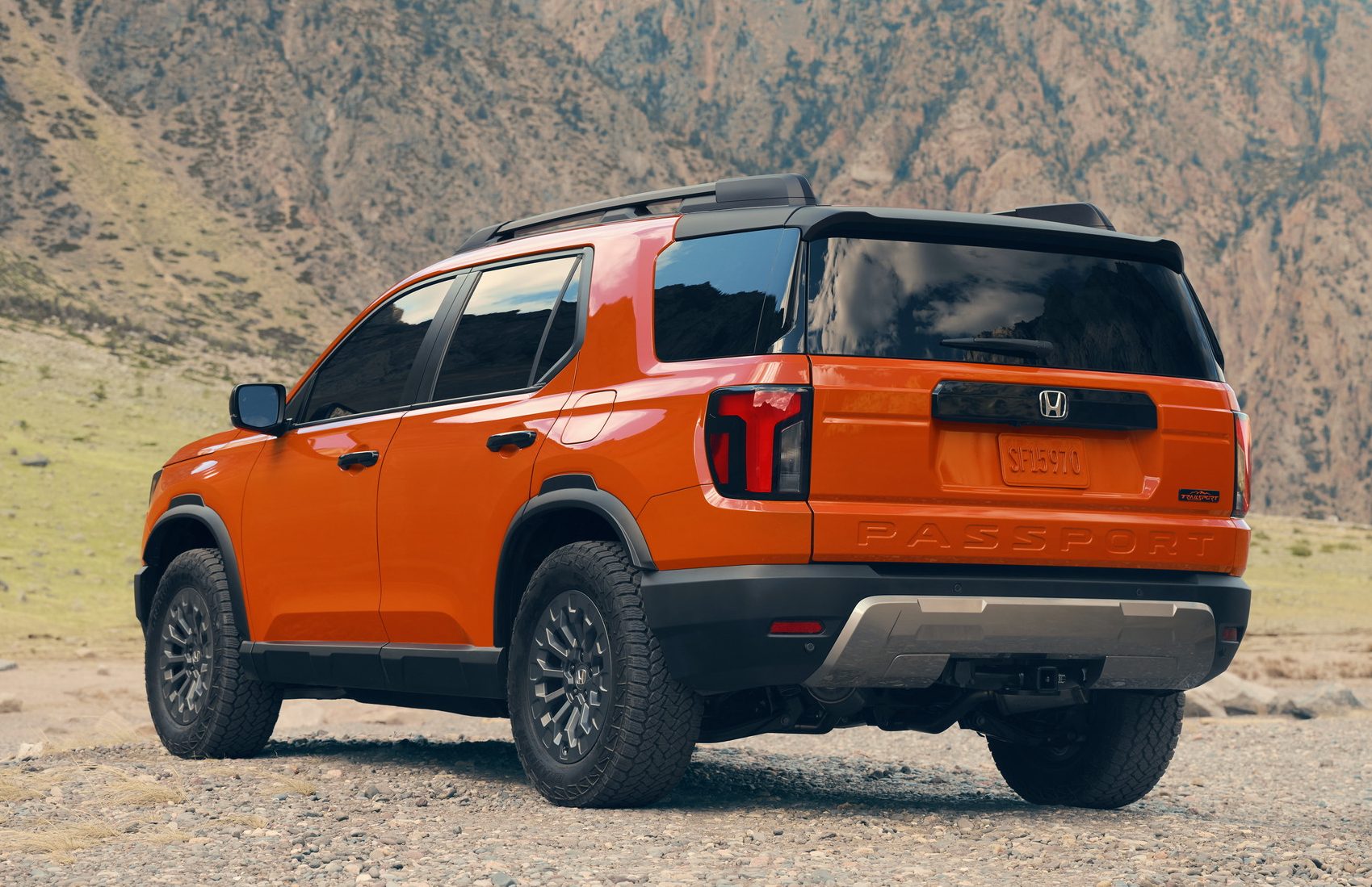
2. Honda: Practical Engineering with Enduring Payoffs
Honda is Toyota’s closest rival when it comes to low long-term ownership costs, and many consumers view them as two sides of the same coin.
However, Honda often appeals to those who prioritize a slightly sportier driving experience without sacrificing practicality. The Civic, Accord, CR-V, and Odyssey are all nameplates that have consistently proven themselves across decades, withstanding abuse, long commutes, and years of family duty.
Much like Toyota, Honda’s engineering philosophy is centered on long-term durability, but with a touch of athleticism. The brand’s VTEC engines, for instance, have become legendary for being high-revving, efficient, and virtually indestructible with proper care.
Honda’s focus on engine quality is evident in how many older Civics and Accords are still on the road today, often with 150,000 to 250,000 miles or more on the odometer. These powertrains are overbuilt relative to what’s expected from a commuter car, giving them long lifespans and low failure rates.
Honda also benefits from mechanical simplicity and ease of repair. Whether you’re taking your vehicle to a dealership or an independent shop, Honda vehicles are relatively easy to service.
The engine bays are designed with maintenance in mind, and common tasks like oil changes, belt replacements, and brake service are less labor-intensive compared to some other brands. This means mechanics spend less time on each repair, translating to lower labor costs and fewer mistakes.
Another critical aspect is the cost and availability of parts. Honda’s widespread popularity ensures a healthy supply chain for components. Many models share common parts across generations, especially when it comes to suspension, electrical, and engine components.
This reduces costs significantly and makes it easier for budget-conscious owners to shop around for aftermarket or refurbished options without compromising quality.
In terms of overall ownership experience, Honda vehicles consistently offer low insurance premiums, excellent gas mileage, and high resale value. Even as the brand has begun integrating more tech features and modern designs, it has retained its core strengths of practicality and affordability.
While newer models with turbocharged engines and CVTs have introduced some complexity, the brand’s historical data and millions of loyal customers attest to its overall long-term affordability. For the budget-minded car buyer who still wants a little excitement, Honda remains a top-tier choice.
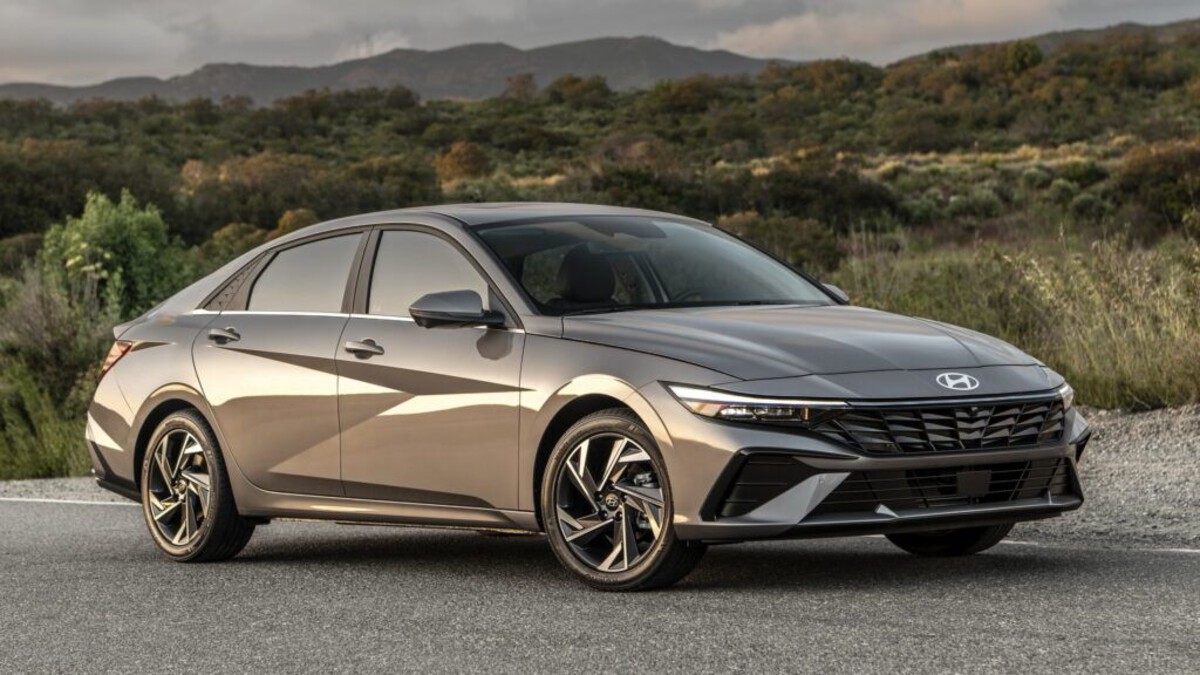
3. Hyundai: From Underdog to Overachiever
Hyundai’s transformation from an entry-level, budget-only brand to a respected competitor in quality and affordability is one of the most significant shifts in the modern auto industry.
Just 15 to 20 years ago, Hyundai was the butt of reliability jokes; today, it’s regarded as a smart, economical choice — especially for those looking for modern features without high long-term costs. Hyundai’s lineup has matured rapidly, offering both traditional gas-powered vehicles and increasingly capable hybrid and electric options.
The standout factor in Hyundai’s cost-of-ownership advantage is its warranty. The 10-year/100,000-mile powertrain warranty and 5-year/60,000-mile bumper-to-bumper coverage put Hyundai at the top of the industry.
This means for the first five years — a critical chunk of any vehicle’s life — most issues are covered, drastically reducing repair costs. In contrast to many competitors who force you into extended warranty plans, Hyundai includes peace of mind as part of the deal.
But Hyundai’s value isn’t just about the warranty — it’s about real quality improvements. Vehicles like the Elantra, Sonata, Santa Fe, and Tucson have seen major upgrades in build quality, performance, and longevity.
These cars no longer feel “cheap” — they feel solid, refined, and competent. Moreover, Hyundai has invested heavily in engine development, creating long-lasting, fuel-efficient powertrains like the Smartstream line, which balances reliability with efficiency.
Service and maintenance are also more affordable than one might expect. Hyundai parts are no longer obscure or expensive, especially in countries where the brand has strong market penetration like the U.S., Canada, and South Korea. Maintenance intervals are generous, and basic servicing is inexpensive.
Unlike some luxury or European brands, you won’t find yourself paying inflated rates for spark plugs or filters. Hyundai’s growing popularity has also made independent mechanics more familiar with their systems, which reduces labor time and increases service accuracy.
Resale value — once Hyundai’s Achilles heel — has improved drastically. The brand’s commitment to quality and consumer satisfaction has elevated its reputation, leading to stronger used vehicle demand and better trade-in values.
When you combine this with fuel-efficient engines, low insurance rates, and modern amenities at entry-level prices, Hyundai becomes a top-tier pick for anyone focused on maximizing long-term affordability without sacrificing contemporary features or aesthetics.
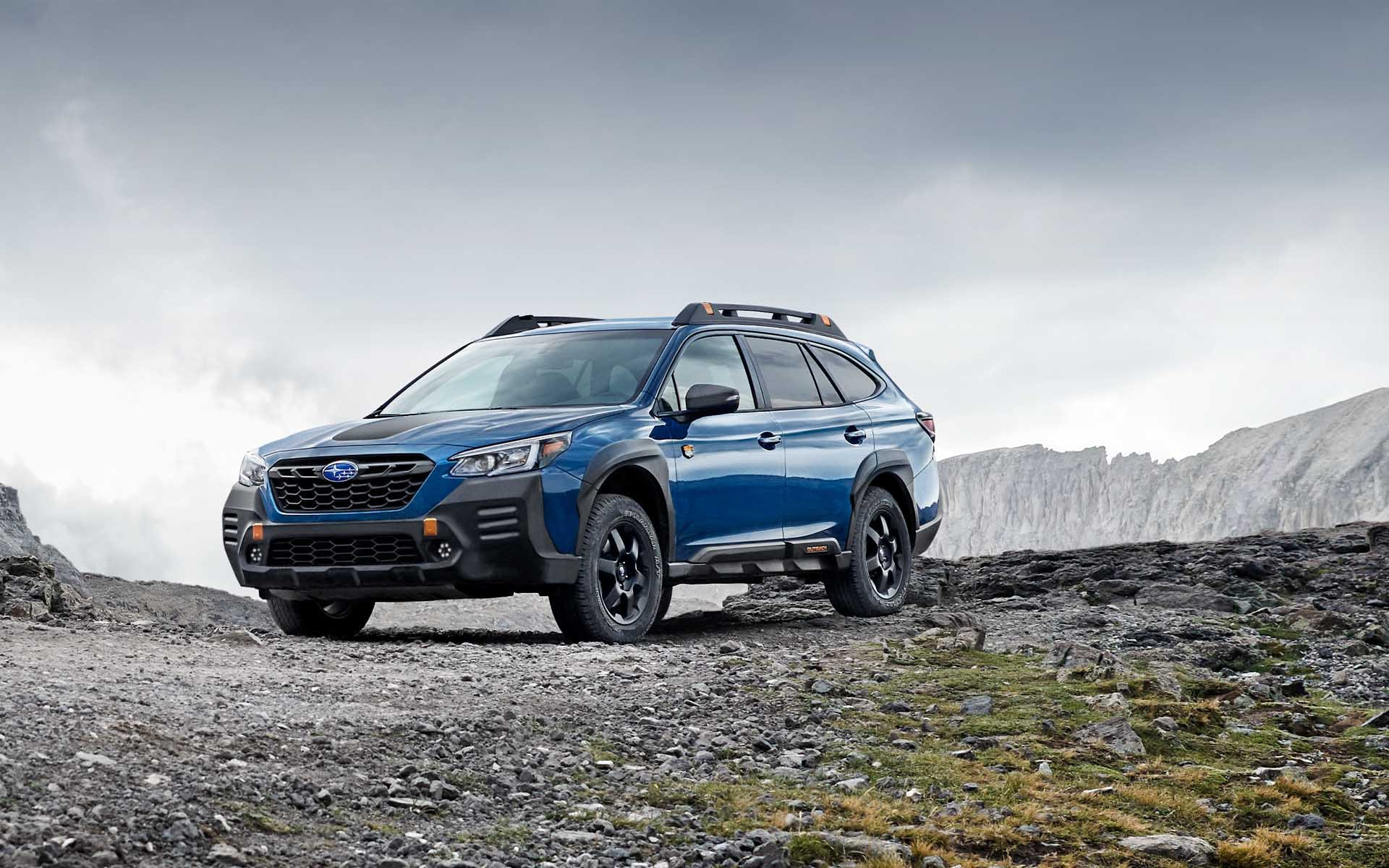
4. Subaru: Rugged, Practical, and Built to Last
Subaru has carved out a unique niche in the automotive world, attracting a loyal following among outdoorsy, pragmatic buyers who value durability and capability.
With standard all-wheel drive on most models and a reputation for long-term dependability, Subaru offers tremendous value — particularly for those living in cold or mountainous regions where grip and ground clearance are essential.
At the heart of Subaru’s appeal is its symmetrical all-wheel-drive system, which is both effective and durable. Unlike other brands that bolt AWD systems onto front-wheel-drive platforms as an afterthought, Subaru designs its vehicles with AWD as a central feature.
The result is a drivetrain that not only performs better but also experiences fewer mechanical failures. This is especially important for long-term owners, as AWD system failures in other brands can be prohibitively expensive to repair.
Mechanically, Subaru vehicles are built to take abuse. Models like the Outback, Forester, and Crosstrek are frequently used for camping, mountain trips, and bad-weather driving — and they endure these conditions well.
While earlier Subarus had well-documented issues with head gaskets and oil consumption, modern iterations have largely resolved these concerns. The latest boxer engines are more refined and, with proper maintenance, are capable of reaching high mileages without major issues.
Subaru vehicles are also generally easy to maintain. While the boxer engine layout is different, it is well understood in the mechanic community, especially in areas where Subaru has a strong market share.
Routine maintenance like fluid changes, brake replacements, and suspension work is straightforward. Parts are available and reasonably priced, and the brand’s popularity ensures that even rural mechanics are comfortable servicing them.
Resale value is another strong point. Subarus, particularly AWD models, tend to hold their value well due to high demand and limited depreciation.
This is particularly evident in regions with snow or mountainous terrain, where used Subaru models can command a premium. For drivers who prioritize utility, durability, and strong residual value, Subaru is a brand that consistently delivers excellent long-term affordability.
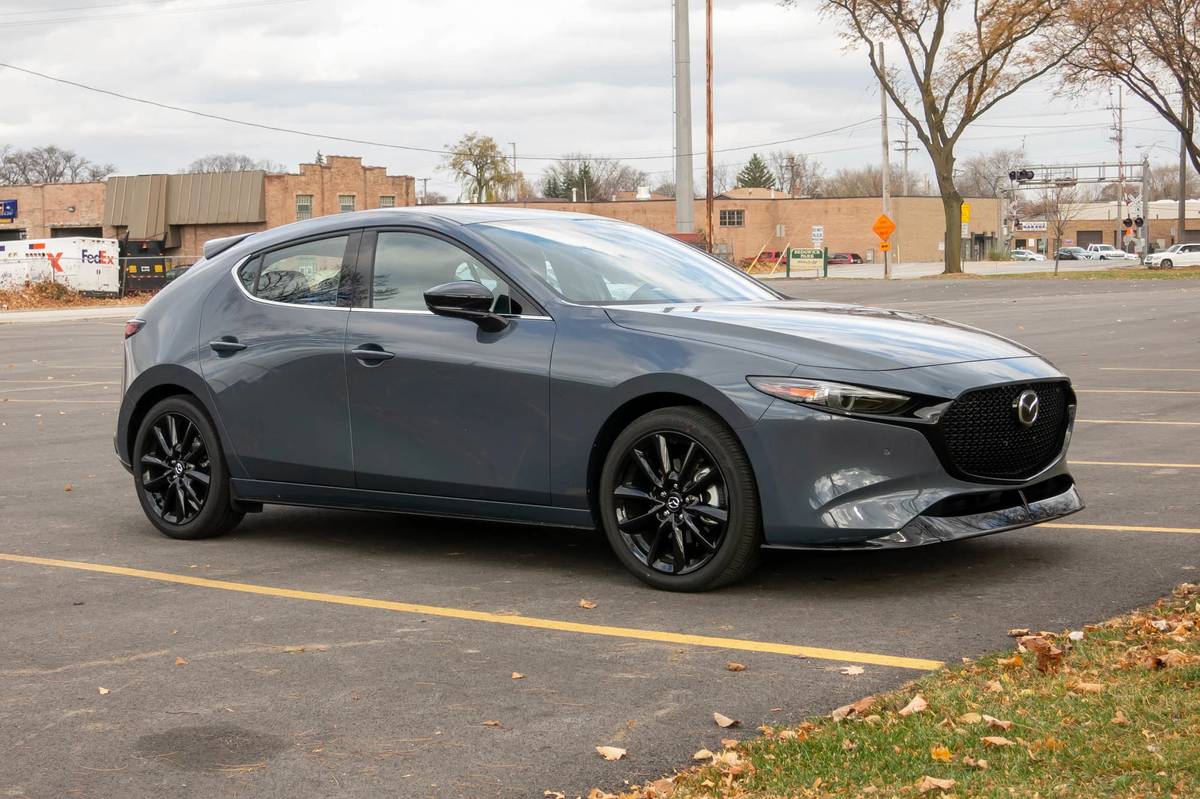
5. Mazda: Where Efficiency Meets Enjoyment
Mazda has managed to achieve what many other automakers struggle with: creating cars that are both fun to drive and inexpensive to own. Unlike other budget-focused brands, Mazda doesn’t market itself purely on price.
Instead, it builds vehicles that deliver a premium experience in driving feel, design, and reliability — all without a luxury price tag. This unique positioning attracts buyers who want a car that won’t just get them from A to B, but also makes the journey enjoyable, all while keeping long-term costs manageable.
A cornerstone of Mazda’s value proposition is its SkyActiv technology, a suite of engineering innovations aimed at boosting efficiency and reliability. SkyActiv engines are designed to extract maximum fuel economy without relying heavily on complex forced-induction systems, such as turbochargers or hybrid electrification (except in some newer models).
This simplicity translates into fewer parts that can fail and lower maintenance costs. For example, the naturally aspirated SkyActiv engines are known for their durability and smooth operation, with many owners reporting trouble-free performance past 200,000 miles.
Mazda also excels in chassis and suspension design. Their cars are often praised for sharp, responsive handling, which is unusual in the compact and midsize segments where ride comfort and cost-cutting tend to dominate.
Despite this sporty character, Mazda vehicles do not sacrifice reliability for performance. The brand carefully balances component quality and engineering to ensure that suspension parts, brakes, and drivetrain components can endure long-term use without frequent replacements or costly repairs.
Parts and servicing costs for Mazda vehicles are typically lower than many of its Japanese and Korean competitors. While not as ubiquitous as Toyota or Honda, Mazda parts are widely available, and the brand’s growing popularity has encouraged many independent mechanics to become familiar with their repair processes.
This familiarity helps keep labor costs down and minimizes the risk of improper repairs. Additionally, Mazda’s straightforward mechanical design avoids the complexity and expense associated with some modern safety or infotainment features found in other brands.
From an ownership perspective, Mazda vehicles also benefit from competitive insurance premiums and strong resale values. The brand’s improved reputation for reliability, combined with its reputation for driving pleasure, keeps demand strong on the used market.
Models like the Mazda3, CX-5, and Mazda6 often retain their value better than many other mainstream competitors, which helps reduce the overall cost of ownership. For drivers who want a car that feels special but won’t drain their wallets over the years, Mazda strikes a rare balance between affordability and engagement.
5 Brands That Bankrupt You
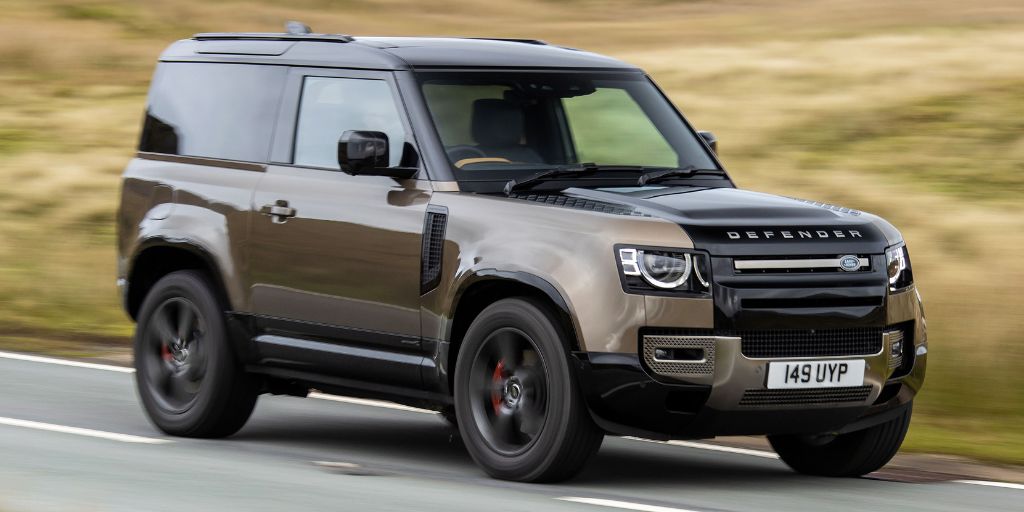
1. Land Rover: Luxury with a Price Tag That Keeps Growing
Land Rover, the British luxury SUV maker, has long symbolized off-road prowess combined with opulent interiors and eye-catching design.
On paper, owning a Land Rover means commanding presence and unparalleled capability. But beneath the allure lies a reputation for reliability problems and maintenance costs that can quickly spiral out of control, turning ownership into a financial nightmare.
The biggest drain on Land Rover owners’ wallets is frequent and costly repairs. The brand’s complex electronics, air suspension systems, and intricate drivetrain components are prone to failure after just a few years.
Common issues include faulty transfer cases, air suspension leaks, electrical gremlins, and problematic engine sensors. When these components fail, repairs often require specialized knowledge and expensive OEM parts that command a premium, both in parts and labor.
Routine maintenance on Land Rovers is also significantly pricier compared to mainstream brands. Oil changes, brake jobs, and tire replacements come with luxury pricing attached.
Because many Land Rovers use complex air suspensions rather than traditional springs, even basic servicing can become complicated and expensive. Dealership labor rates tend to be very high, and independent mechanics may shy away due to the complexity or lack of specialized diagnostic tools.
Depreciation is another financial obstacle. While some luxury brands hold their value relatively well, Land Rover’s reliability woes cause steep depreciation.
Owners often find that after just a few years, the vehicle’s resale value plunges far below what they paid, leading to negative equity if financed. This sharp drop forces many owners to keep their Land Rovers far longer than planned — often into the “expensive repair” zone — just to avoid taking a loss on resale.
Finally, insurance premiums on Land Rovers tend to be higher due to their luxury status, expensive parts, and high repair costs. This adds yet another layer of ongoing expense.
When all these factors compound — frequent repairs, costly maintenance, rapid depreciation, and high insurance — Land Rover ownership becomes a prime example of how an initially attractive vehicle can bankrupt you in the long run.
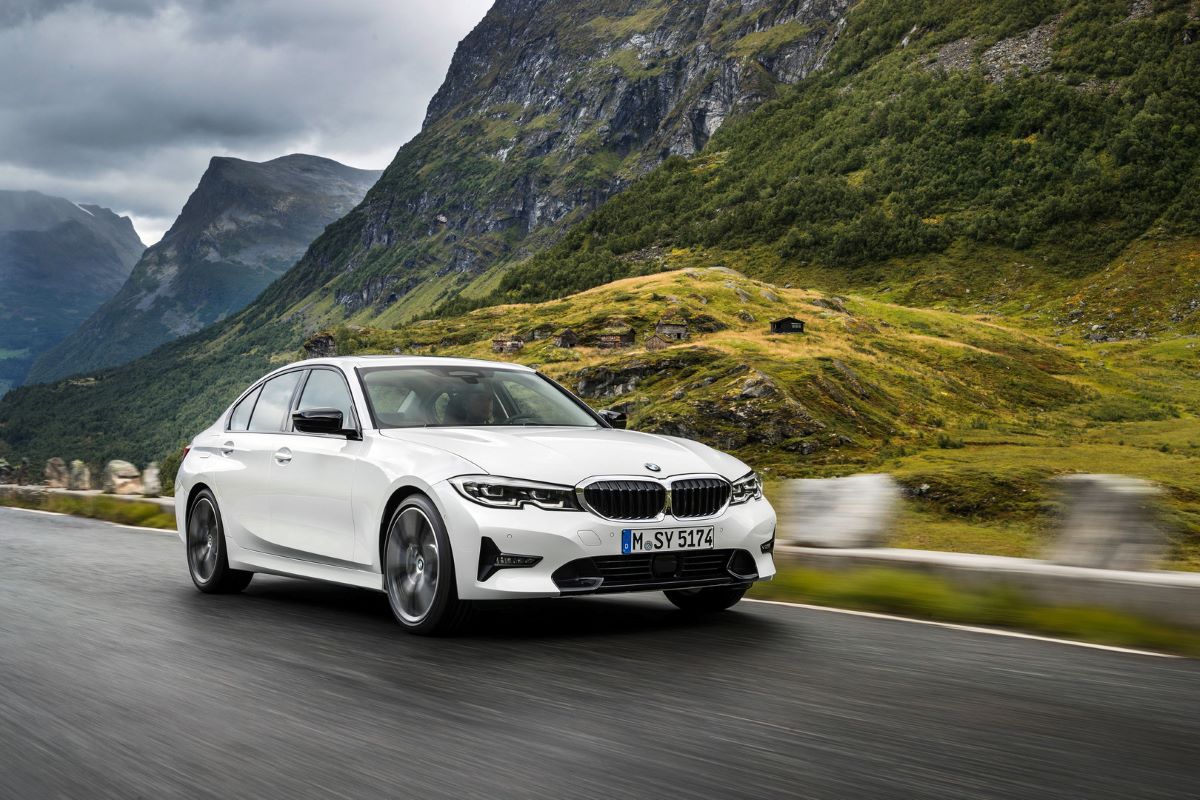
2. BMW: Engineering Excellence Meets High Ownership Costs
BMW is globally recognized as a maker of premium performance vehicles that blend driving dynamics with luxury. However, owning a BMW for the long haul requires a strong financial commitment. Known affectionately as the “Ultimate Driving Machine,” BMWs are also notorious for high maintenance and repair costs that catch many owners off guard.
One of the primary reasons BMW ownership gets expensive is the complexity of its engineering. Advanced turbocharged engines, sophisticated electronic systems, and precision-tuned suspensions require specialized service and diagnostic equipment.
Repairs frequently involve pricey parts — such as sensors, turbochargers, and electronic modules — that are expensive to replace or rebuild. Even routine services like brake pad replacements or oil changes are more costly than average due to premium parts and labor rates.
BMW vehicles also often require maintenance at shorter intervals than many mainstream cars. The use of synthetic oils, specialized filters, and premium fluids means consumable items are more expensive.
Additionally, certain models, like those with N54 or N55 turbo engines, have known issues with high-pressure fuel pumps, valve cover gaskets, and timing chain components — all of which are costly to repair and can cause cascading problems if neglected.
Another financial hurdle for BMW owners is depreciation. While the brand enjoys strong initial sales, the high cost of repairs and maintenance, combined with the rapid pace of technological upgrades means many BMWs lose value quickly.
Depreciation curves tend to be steep, especially for models with complex engines or those prone to reliability issues. This affects trade-in and resale values, often making long-term ownership a losing proposition financially.
Insurance costs for BMWs also tend to be significantly above average due to the brand’s luxury and performance status. Replacement parts, repair complexity, and repair times all factor into higher premiums.
Taken together, these expenses make BMW ownership a rewarding but financially demanding experience — one that requires careful budgeting and realistic expectations about ongoing costs.

3. Jaguar: British Elegance That Comes With a Cost
Jaguar, once the epitome of British automotive luxury and style, has seen its reputation fluctuate drastically over recent decades. While Jaguar vehicles are undeniably beautiful and have strong performance credentials, their ownership costs are often shockingly high due to persistent reliability issues and expensive repairs.
Jaguar’s engineering complexity — with many models incorporating aluminum-intensive construction, air suspensions, and sophisticated electronic systems — frequently leads to costly maintenance and repair work.
Problems with the air suspension, electrical gremlins, and drivetrain components are common in older and even some newer models. These issues require dealer-level diagnostic equipment and specialized parts, which often come at a premium.
Routine maintenance expenses for Jaguar owners tend to exceed those of average vehicles. The brand’s British heritage means many parts are imported from overseas, adding shipping costs and limited parts availability to the mix. Even minor repairs can involve expensive components and significant labor time due to the car’s intricate engineering.
Depreciation on Jaguars is notoriously steep. Buyers often see their vehicles lose a large chunk of value within the first five years, largely driven by concerns over reliability and costly repairs. This rapid depreciation makes it difficult to recoup the initial investment upon resale, encouraging owners to keep the car longer, often into years when expensive repairs become inevitable.
Insurance rates are another financial burden. Jaguars fall into high insurance brackets because of their luxury classification and expensive parts. The combination of higher premiums, frequent repairs, and high maintenance costs makes long-term Jaguar ownership a challenging financial proposition, especially for those who aren’t prepared for the ongoing expenses.
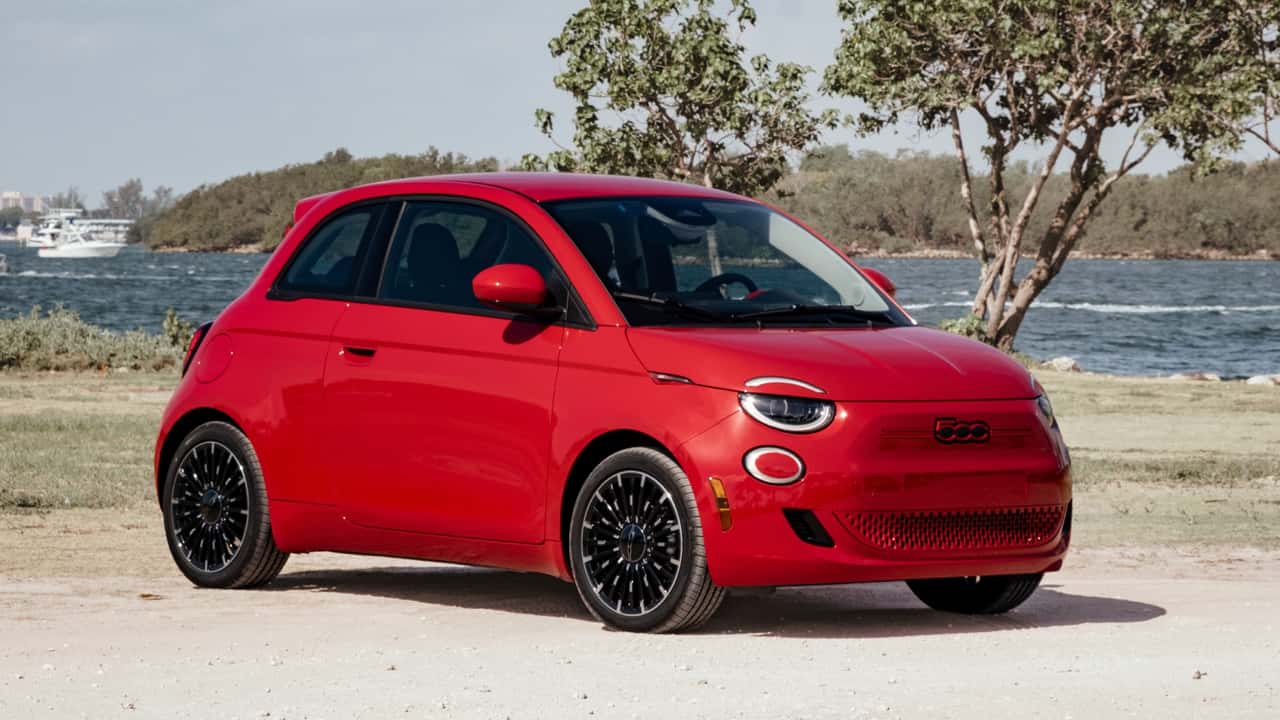
4. Fiat: Charm and Style, But at What Cost?
Fiat offers a unique blend of Italian style, compact size, and urban agility. Its small cars, like the Fiat 500, are fun to drive and easy to park, making them appealing for city dwellers. However, Fiat’s reputation for reliability issues and high maintenance costs has made it a brand that often costs more than its upfront price suggests.
Fiat’s main problem lies in build quality and durability. Electrical system faults, transmission issues (especially in automatics), and problematic engine components are frequently reported by owners. The Italian automaker’s penchant for quirky design sometimes comes at the expense of practicality and robustness, leading to frustrating breakdowns or component failures.
Maintenance costs on Fiats can be unexpectedly high because parts are often imported and less widely available than those of more mainstream brands. Additionally, Fiat’s smaller dealer network means fewer service options, sometimes resulting in higher labor costs or delayed repairs. Independent mechanics might lack experience with specific Fiat systems, further increasing repair times and costs.
Depreciation is another pain point. Fiat vehicles tend to lose value quickly, partly due to their mixed reputation and limited resale market. This means owners often find themselves “underwater” on financing or face significant losses when selling or trading in their cars.
Insurance premiums for Fiat models are often above average for their size class, driven by their repair costs and perceived risk factors. For those attracted by Fiat’s style and charm, the hidden financial consequences of maintenance, repairs, and depreciation mean ownership can become more expensive than anticipated.
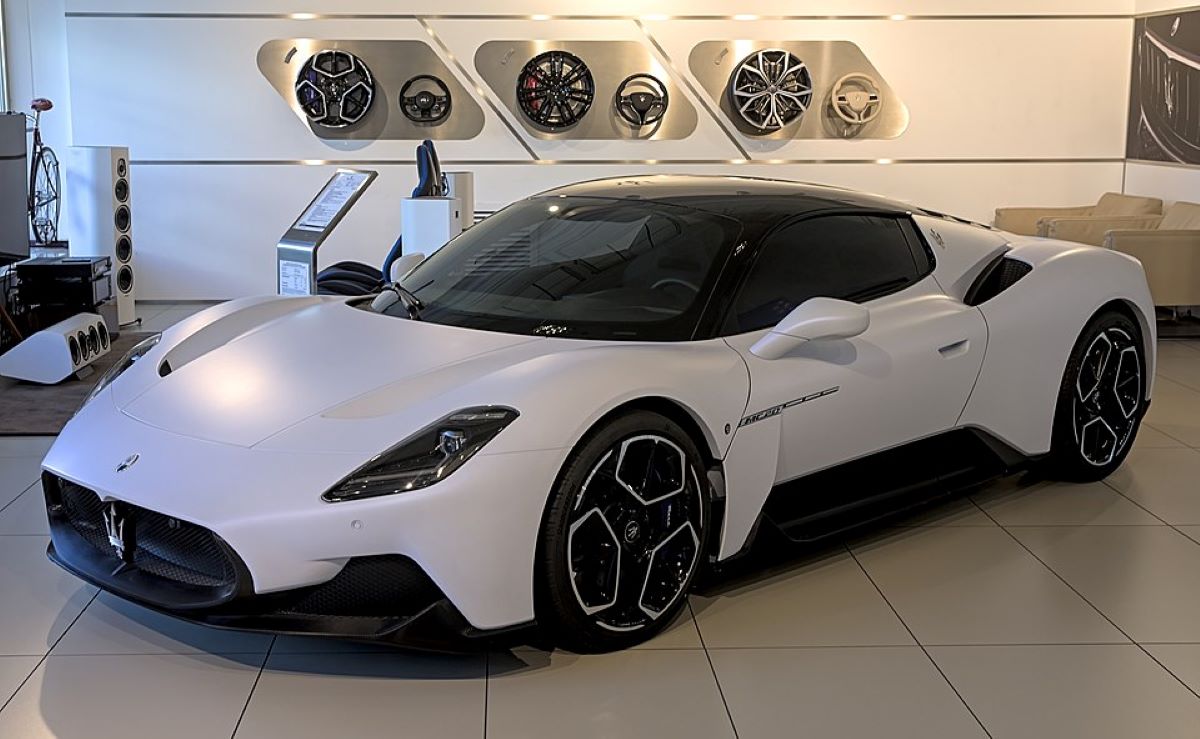
5. Maserati: Exotic Appeal, Exorbitant Expenses
Maserati is a brand that oozes Italian exoticism, performance, and exclusivity. Driving a Maserati is a dream for many — a combination of aggressive styling, distinctive engine notes, and handcrafted interiors. However, owning a Maserati long term is a serious financial commitment that goes well beyond the initial purchase price.
Maseratis are built with high-performance parts that demand specialized maintenance. Their engines, transmissions, and electronic systems are highly complex, requiring factory-trained technicians and diagnostic tools.
This translates into repair and maintenance bills that often reach into the thousands of dollars, even for relatively minor issues. Regular services such as brake replacements, oil changes, and fluid flushes are significantly more expensive than for typical vehicles.
Parts availability is limited and extremely costly. Because Maserati produces cars in much smaller volumes than mainstream manufacturers, parts often need to be ordered from Europe and can take weeks to arrive. This scarcity increases both the cost of parts and the time the vehicle spends off the road during repairs.
Depreciation hits Maserati owners hard, especially outside major luxury markets. Exotic cars typically experience sharp declines in value as they age, and Maserati is no exception. Unlike brands such as Porsche or Ferrari, which have more established collector markets, Maserati’s resale values tend to plummet after the initial few years, making them poor financial investments.
Insurance premiums for Maseratis are among the highest in the industry due to their performance credentials, repair costs, and risk profile. When combined with frequent expensive maintenance, this makes Maserati ownership a financial challenge that only those with deep pockets can comfortably manage.
Also Read: 5 Cars With the Most Accurate Speedometers and 5 Off by 8 MPH
When evaluating vehicle ownership, it is critical to look beyond the initial purchase price and consider the comprehensive costs that accumulate over years or even decades. The reality is that a car is a long-term investment that impacts your finances well after the gleam of the showroom has faded.
The difference between a brand that offers affordable long-term ownership and one that burdens you with escalating costs can be staggering. This article has explored five brands known for their economical, reliable ownership and contrasted them with five brands infamous for their high ownership expenses and frequent financial pitfalls.
Brands such as Toyota, Honda, Hyundai, Subaru, and Mazda have built their reputations by focusing on durability, engineering simplicity, and cost-effective maintenance. Their vehicles often share proven components, have extensive global parts networks, and benefit from efficient service infrastructures.
This means repairs are more predictable, labor costs are reasonable, and parts are readily available and affordable. These brands also tend to offer generous warranties and have built-in efficiencies, like Toyota’s hybrid technology or Hyundai’s remarkable warranty coverage, which reduce risk and increase peace of mind for owners.
Moreover, these affordable ownership brands maintain strong resale values, cushioning buyers from severe depreciation hits. A car that retains its value well makes it easier to upgrade or recover costs when the time comes to sell.
Insurance premiums tend to be more manageable as well, due to the lower cost of repairs and the widespread familiarity mechanics and insurers have with these brands. Taken together, these factors create a compelling value proposition for practical buyers who want a vehicle that will serve them reliably without breaking the bank.
On the other side of the spectrum, luxury and exotic brands like Land Rover, BMW, Jaguar, Fiat, and Maserati often represent the opposite experience. While they may offer thrilling performance, lavish interiors, and advanced technologies, these come at a steep price over time.
The complexity of their engineering leads to frequent mechanical failures, expensive replacement parts, and labor-intensive repairs. Warranty coverage often falls short of protecting owners beyond the early years, and limited parts availability can delay repairs and increase costs.
Depreciation further compounds the financial challenges of these brands. Rapid value declines leave owners with minimal equity and force extended ownership into the years when maintenance costs become prohibitively high.
Insurance premiums also rise sharply due to the expensive nature of repairs and replacement parts. The result is a financial trap for owners who may be unprepared for the escalating expenses associated with these prestigious marques.
The contrasting fortunes of these two groups underscore a vital lesson for car buyers: style and brand prestige should never overshadow the practical considerations of long-term ownership costs.
A car that is expensive to maintain and depreciates quickly can undermine your finances and turn a dream car into a money pit. Conversely, a reliable and affordable brand can provide peace of mind, financial stability, and a stress-free driving experience for many years.
When shopping for a vehicle, it’s important to conduct thorough research, considering not only the initial price and features but also historical reliability data, warranty terms, parts availability, maintenance costs, insurance premiums, and depreciation trends.
Speaking with current owners, consulting consumer reports, and reviewing professional assessments can help reveal hidden costs before they become unpleasant surprises. Ultimately, the goal should be to find a vehicle that balances your desires with sound financial sense — a car that fits your lifestyle, budget, and long-term plans.
Whether you lean towards practical Japanese and Korean brands or are drawn to the allure of luxury and exotic cars, knowing the likely ownership costs can save you from unnecessary stress and financial strain.
In closing, investing in a vehicle with affordable long-term ownership is not just about saving money; it’s about protecting your financial future and ensuring that your car remains a reliable companion, not a burdensome liability.
By carefully weighing the true costs behind the badge on the grille, you can enjoy the freedom and convenience of personal transportation without sacrificing your financial health.
So, as you make your next automotive choice, remember the lessons from these contrasting brands. Choose wisely, drive confidently, and let your vehicle be a source of enjoyment, not financial regret.

